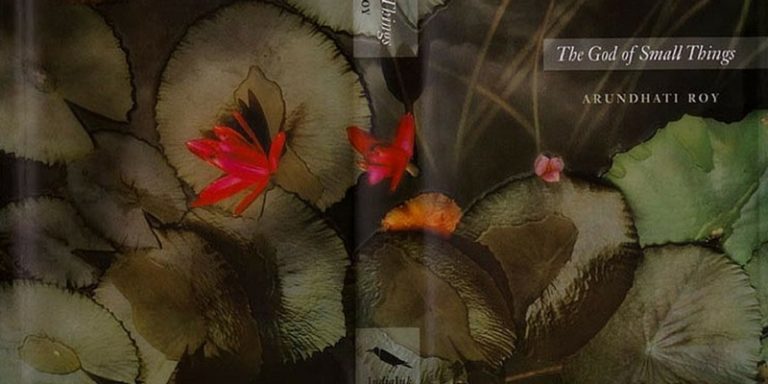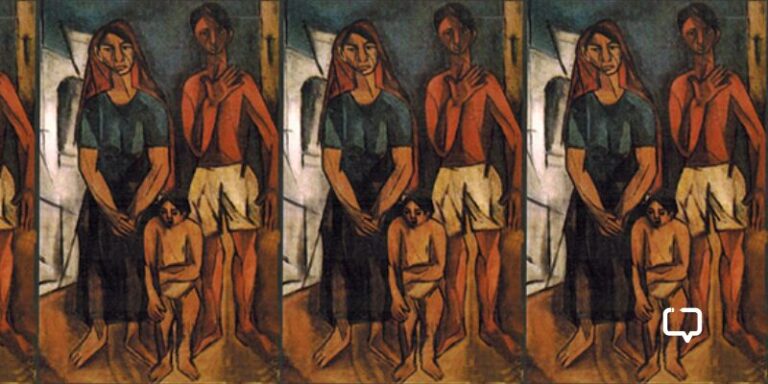There is a scene in the Hindi film Badla when Amitabh Bachchan refers to Sanjaya from Mahabharata. Tapasee Pannu cannot identify Sanjaya. On being asked if she knows the Mahabharata, she tells Bachchan that she had read it in childhood and she knows its basic storyline. Like most Indians.
We encourage you to buy books from a local bookstore. If that is not possible, please use the links on the page and support us. Thank you.
We know the basic story of the Mahabharata because we might have read it as children or seen it on television. We may know the principal characters and key incidents of the epic that lead to the final battle. But the cameos and secondary appearances of Mahabharata are hardly given their due. Shikhandini or Shikhandi is one such character.
Before I read Shikhandini, all I knew about Shikhandi was that he was Amba’s re-born and was instrumental in killing Bhishma and securing victory for the Pandavas. I didn’t know, for instance, that Shikhandi was born (and lived most of his life) as Shikhandini, that she was Draupadi’s elder sister, that she was a wife and a mother who gave up everything – including her womanhood – for preserving dharma.
Beyond the basics
Ashwini Shenoy’s novel Shikhandini: The Warrior Princess of the Mahabharata (published by Leadstart Publishing) is an interesting read for this very reason. It introduces readers to a hitherto lesser-known character from this oft-retold epic, telling the story of Shikhandini, the princess of Panchal.
The book focuses on Shikhandini and her journey to become Shikhandi. Born to Drupad, the king of Panchal, Shikhandini is brought up as a warrior right from her childhood. Hers is a story of great strength and great sacrifice.
Shenoy skillfully presents before her readers a picture of Shikhandini and we feel invested in her life. Her life is fraught with difficulties and the readers move with her from place to place in her journey.
Shenoy keeps the novel fast-paced, ensuring that the reader’s attention does not waiver. She does not dwell much on the main storyline of the Mahabharata, giving the readers the major incidents like the swayamwara of Draupadi, the wax-palace incident, the disrobing of Draupadi and the final battle in broad strokes. But these events are only a background of how they impact Shikhandini and how they are instrumental in her becoming Shikhandi from Shikhandini.
All research, no style
There is no doubt that Shenoy has written this book after some research into the life of Shikhandini as well as the history of India during that period. She has offered new and scientific interpretations of some of the miracles mentioned in the epic that makes for interesting reading.
The body-swapping incident through which Shikhandini becomes Shikhandi has been presented as a feat of medical science, as has been the birth of Gandhari’s hundred children. The Yakshas too have been presented not as magical beings but as people with highly advanced knowledge of science and technology. She has also tried to situate her work within the gender discourse.
While this is a commendable effort, it would have been more effective had Shenoy used the “show, don’t tell” technique more. The same can be said of the first few chapters which are the weakest link in the book. She tries to create a picture of Hastinapur as one of the most developed and advanced cities in India. But the constant repetition of this phrase through different characters doesn’t help matters.
In a bit of a muddle
Besides, the first few chapters mix events happening in Panchala as well as Hastinapur in the same chapter. It would have made for easier reading had those chapters been separated. With a large number of characters and storylines intersecting in the beginning, separate chapters would have made reading easier. Since the book focuses on Shikhandini, most other characters have not been dealt with in much detail. Their roles in the story are limited to their interactions with Shikhandini.
As a result, no other memorable characters emerge from the story. The language is easy and the writing style, is plain and simple. While this makes for easy and quick reading, it also makes for unmemorable writing. Once you’ve read the book, you will not remember it for its language or imagery or even the characterisation. What you will remember is what will also keep you reading – Shikhandini.
Final Verdict: 3/5: for its sheer readability and the fact that it introduces us to a lesser-known character.
You can buy the book here.






















